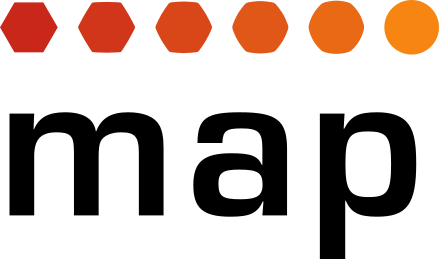Digital MAP excursion to CERN
Great insights into research on the structure of materials
Excursions, as a corner stone of the MAP curriculum, allow students to get insights into possible future work life. Unfortunately, the corona pandemic makes field trips to companies and research centers almost impossible. However, the MAP team is pleased to offer digital excursions to well-known institutions instead.
Ernesto Claure Ramírez, MAP student in the starting class of 2020, shares insights from the most recent digital excursion:
On January 15, 2021, MAP offered a virtual visit of the CERN facilities in Geneve. Dr. Markus Joos introduced CERN in a very lively and interesting way.
At the beginning of the tour, we got some historical insights: CERN was founded in 1952, a few years after World War II. At that time, the main goal was to unite many countries under the scientific understanding of Nuclear Experimental Physics. 26 member states sponsor the operating costs of CERN’s programs, and many other countries are associated with their research.
CERN’s four missions are:
- Fundamental research on accelerators
- Education
- Technology transfer
- International collaboration
We, as MAP students, were particularly interested in their research on the structure of materials. Dr. Joos introduced us to the big picture from bulk materials to the fundamental particles. For research on and with such tiny particles, special instruments and tools are needed. Dr. Joos introduced accelerators (e.g. LHC Alice, SPS Atlas, etc.) with particles of very high-energy insight: When the particles collide after some time, they generate a division of its subsequent parts. The tiniest parts CERN has been able to find so far are quarks and leptons.
Likewise, CERN has many teams researching today’s problems, in interdisciplinary topics. Some exciting examples include treating cancer patients with the use of accelerators to destroy the tumour with this energy, or researching materials that develop superconductivity, and many more contributions CERN has made to humankind.
Thank you very much to CERN and Dr. Markus Joos for his time and great introduction. Hopefully one day we will be able to visit CERN in Geneve.

